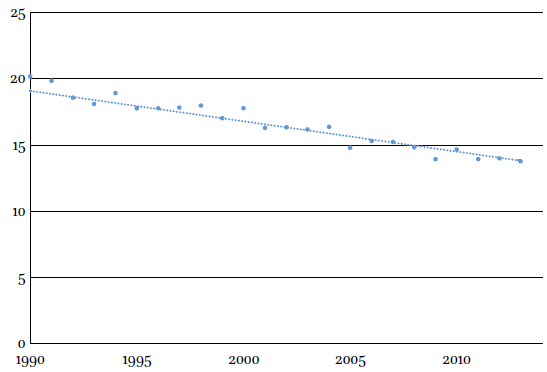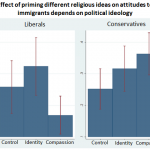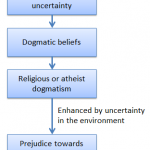A recent study shows that students’ estimates of the steepness of a hill depend on who they’re with. When they had a friend nearby students rated a hill 10-15 % less steep than when alone. And, according to new Scientist, “The longer the friends had known each other and the warmer their relationship, the less steep the hill appeared.”
Indeed, even thinking about a friend made the hill appear up to 20 per cent less steep (Journal of Experimental Social Psychology, DOI: 10.1016/j.jesp.2008.04.011 (unpublished) ).
Now isn’t that nice? Maybe we’re nicer people than the newspapers often suggest.
This result can probably be explained in many ways but, to me, it suggests an interesting general principle.
I suggest that the students are not making a pure geometric estimate here. They are also estimating how they’d feel after climbing the hill. These feelings depend on who they climbed it with – and friends make any experience better. They reflect this by giving lower estimates of steepness.
Now it’s obvious that humans are not so much rational beings as reasoning animals so perhaps this is a general phenomenon. That is, that in approaching every cognitive task we project (often unconsciously) our feelings about the issue as well as dealing with it directly. Indeed there’s good evidence that in perceptual tasks the amygdala does exactly that.
This explains the violent reaction that we sometimes get from the religious when we challenge their beliefs. Of course, it’s not just the religious that have strong beliefs but they are the people most likely to be wedded to beliefs that are contrary to reason.














